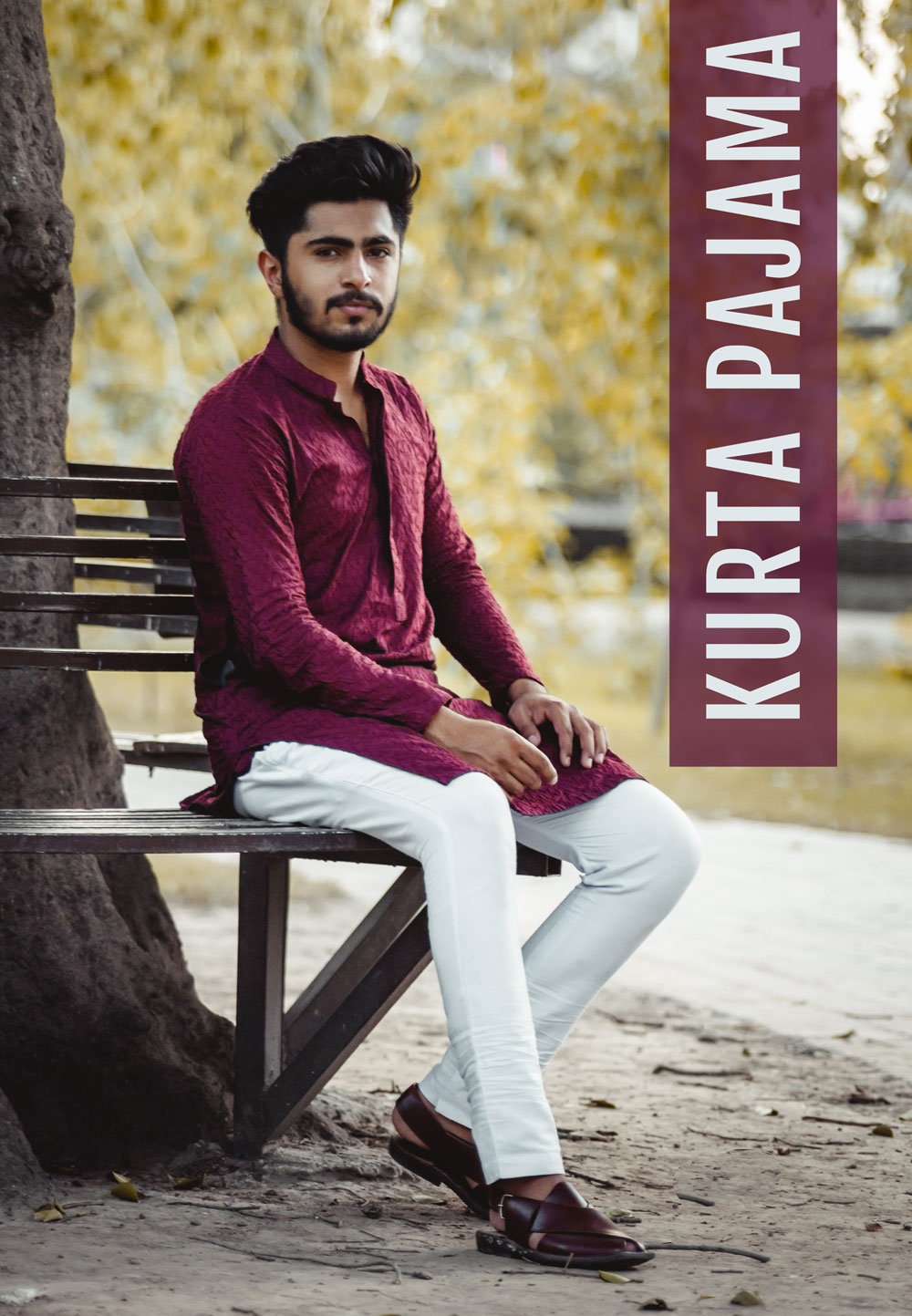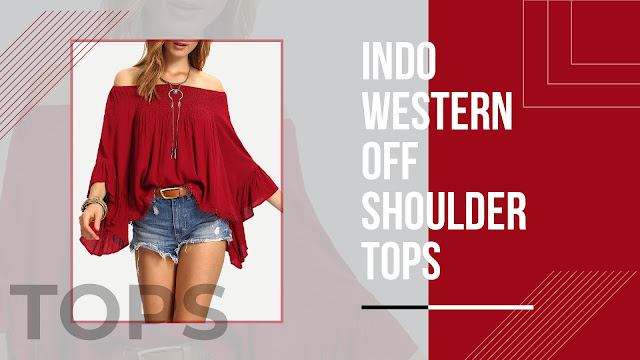7 Most Happening Designs of the Saree World that are Worth Buying
Indian sarees date back thousands of years and women are still are enchanted by its mesmerizing designs available in a large palette of colours. And sarees is not about silks or kinds of cotton, you will be amazed to know that there are plenty of designs available in sarees from all the states of the country.
This blog post will tell you some of the latest design sarees. Let us see what they are:
The forgotten Maheshwari sarees: These rare Maheshwari Sarees are among the finest examples of Indian craftsmanship. Maheshwari cotton-silk blend sarees are designed to be very adaptable, easy to wear, and attractive. The checkered patterns on these saris can be quite stunning. Borders and pallus are almost always broad and contrasted.
The enticing Chanderi sarees: Another jewel of MP is the Chanderi saree. The town of Chanderi gave them its name. Chanderi saris, which are available in cotton, silk, and cotton-silk mixes, are my personal favourites because of their demure charm. Chanderi (a silk-cotton blend) is still a popular fabric today, and Salwar Suits and Lehenga Cholis are also available in this airy, slightly glossy fabric.
The Multicoloured lehariya sarees: Lehariya is a popular tie-dye technique that employs wave (lehar) patterns. The foundation cloth is tied in such a way that the finished sari has a kaleidoscopic wavy pattern after dyeing. Lehariya is a Rajasthani dish that is simpler to make than the more difficult Bandhej. Lehariya sarees are a rainbow of colours, and I adore them in all of their multi-hued splendour.
The articulated Sambalpuri sarees: This is the royal treasure-house of Odisha. The Sambalpuri Sari is a must-have modern woman must-have. These handloom saris have a distinctive Ikhat weave and are usually made with coarser cotton or silk yarn. To achieve typical sambalpuri patterns, yarns are knotted and dyed before weaving. These intricately woven sarees are ideal for all seasons. These sambalpuri sarees are so designed that it looks fabulous on ladies of all ages and do not wrinkle. This is one of the newest and latest design sarees available online.
The unforgettable Banarasi sarees: These sarees are extensively embossed, and women can't get enough of them. Banarasi sarees come in a variety of fabrics, including silks, brocades, georgette, and organza. Many North Indian brides put rich Benarasis in their trousseau or wear them to their weddings. Banarasi brocade is a popular fabric for bridal lehengas and cholis, as well as a good option for the bridal trousseau.
Heavily adorned Aari sarees: Ornate, elaborate embroidery skills adapted from Mughal, Persian, and Central Asian arts are practised in India. Metal threads and metallic beads are used in these hand embroideries. Zardosi/Zardozi is a term that refers to gold thread embellishment. It was done for royalty in ancient times. Aari is a more colourful version of Zardozi that requires delicate, time-consuming embroidery. These wonderful arts are frequently embroidered on bridal saris, wedding saris, and premium-wear sarees.
The forgotten Maheshwari sarees: These rare Maheshwari Sarees are among the finest examples of Indian craftsmanship. Maheshwari cotton-silk blend sarees are designed to be very adaptable, easy to wear, and attractive. The checkered patterns on these saris can be quite stunning. Borders and pallus are almost always broad and contrasted.
The enticing Chanderi sarees: Another jewel of MP is the Chanderi saree. The town of Chanderi gave them its name. Chanderi saris, which are available in cotton, silk, and cotton-silk mixes, are my personal favourites because of their demure charm. Chanderi (a silk-cotton blend) is still a popular fabric today, and Salwar Suits and Lehenga Cholis are also available in this airy, slightly glossy fabric.
The dual-styled Kalamkari sarees: Kalamkari refers to an artistic production done with a pen and is one of the most ancient art forms translated on fabric using natural dyes (kalam). Hand-painted motifs are traditional for Kalamkari saris, however printed Kalamkari saris are also available. Kalamkari patterns are known for their distinctive drawing style, which is inspired by Hindu mythology, ancient caverns, and sculptures. This type of block printing is used to create these dual-styled sarees, which may be created in either of the two styles. These sarees are particularly popular due to their sheen, which is achieved by soaking the fabric in a mixture of cow milk and myrobalans for several hours. As a result, kalamkari cloth is thought to be highly unusual and intriguing.
The Multicoloured lehariya sarees: Lehariya is a popular tie-dye technique that employs wave (lehar) patterns. The foundation cloth is tied in such a way that the finished sari has a kaleidoscopic wavy pattern after dyeing. Lehariya is a Rajasthani dish that is simpler to make than the more difficult Bandhej. Lehariya sarees are a rainbow of colours, and I adore them in all of their multi-hued splendour.
The articulated Sambalpuri sarees: This is the royal treasure-house of Odisha. The Sambalpuri Sari is a must-have modern woman must-have. These handloom saris have a distinctive Ikhat weave and are usually made with coarser cotton or silk yarn. To achieve typical sambalpuri patterns, yarns are knotted and dyed before weaving. These intricately woven sarees are ideal for all seasons. These sambalpuri sarees are so designed that it looks fabulous on ladies of all ages and do not wrinkle. This is one of the newest and latest design sarees available online.
The unforgettable Banarasi sarees: These sarees are extensively embossed, and women can't get enough of them. Banarasi sarees come in a variety of fabrics, including silks, brocades, georgette, and organza. Many North Indian brides put rich Benarasis in their trousseau or wear them to their weddings. Banarasi brocade is a popular fabric for bridal lehengas and cholis, as well as a good option for the bridal trousseau.
Heavily adorned Aari sarees: Ornate, elaborate embroidery skills adapted from Mughal, Persian, and Central Asian arts are practised in India. Metal threads and metallic beads are used in these hand embroideries. Zardosi/Zardozi is a term that refers to gold thread embellishment. It was done for royalty in ancient times. Aari is a more colourful version of Zardozi that requires delicate, time-consuming embroidery. These wonderful arts are frequently embroidered on bridal saris, wedding saris, and premium-wear sarees.






Comments
Post a Comment